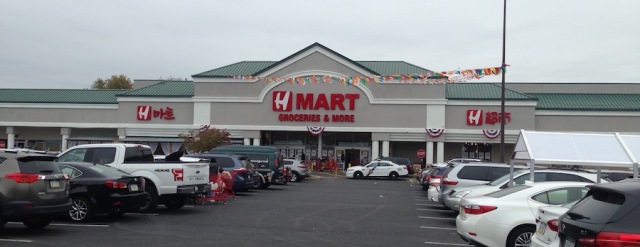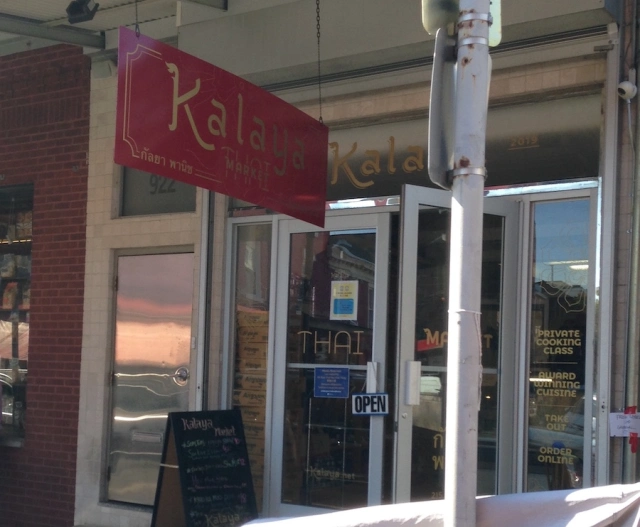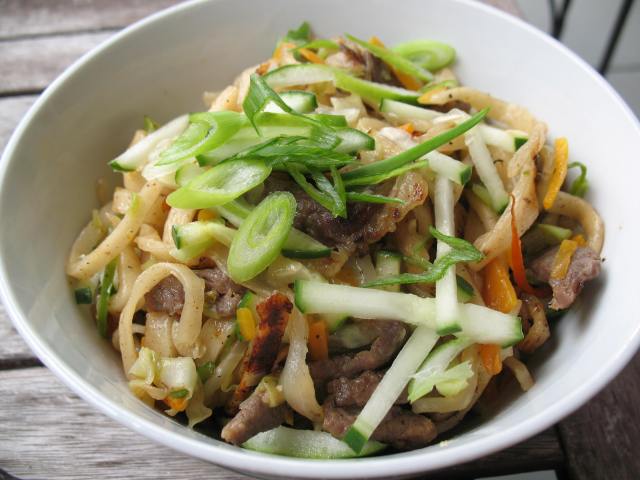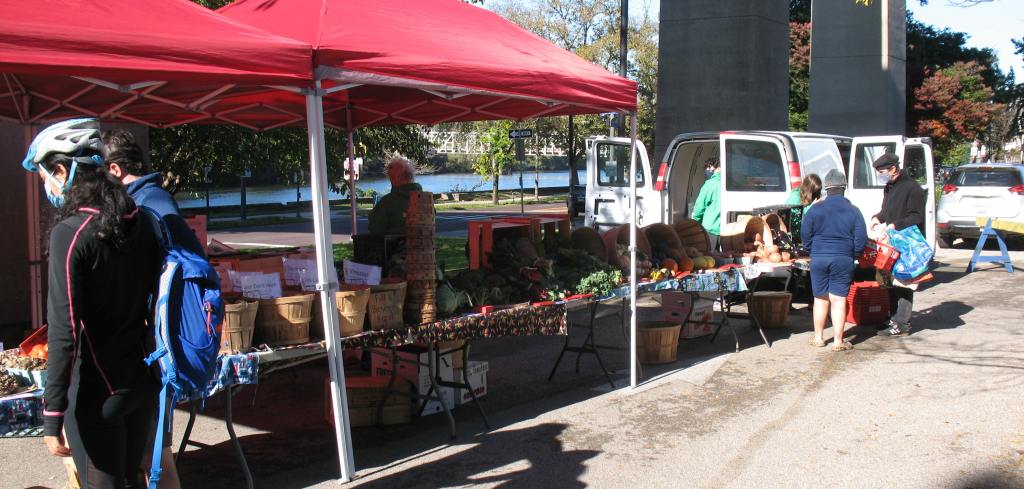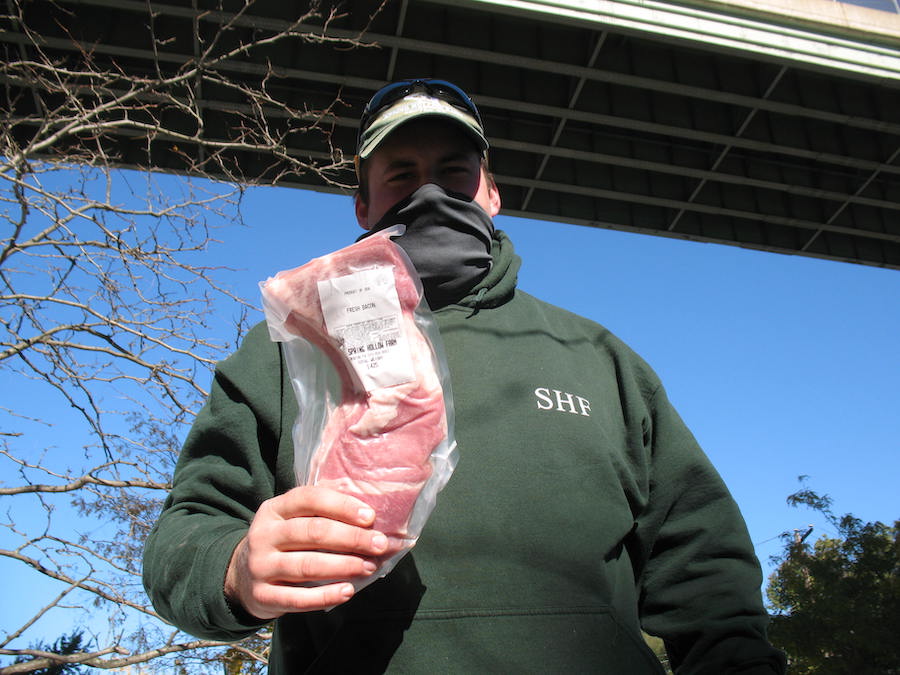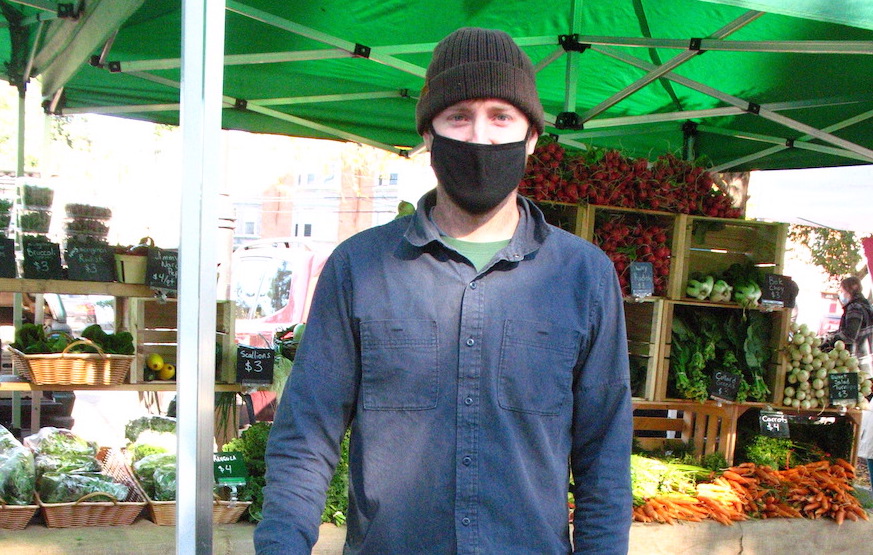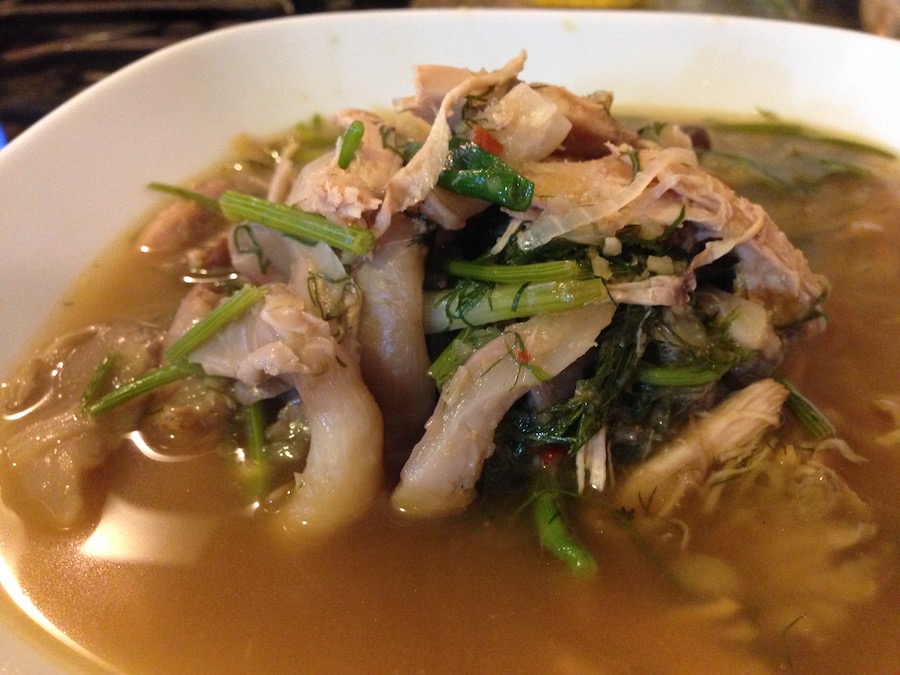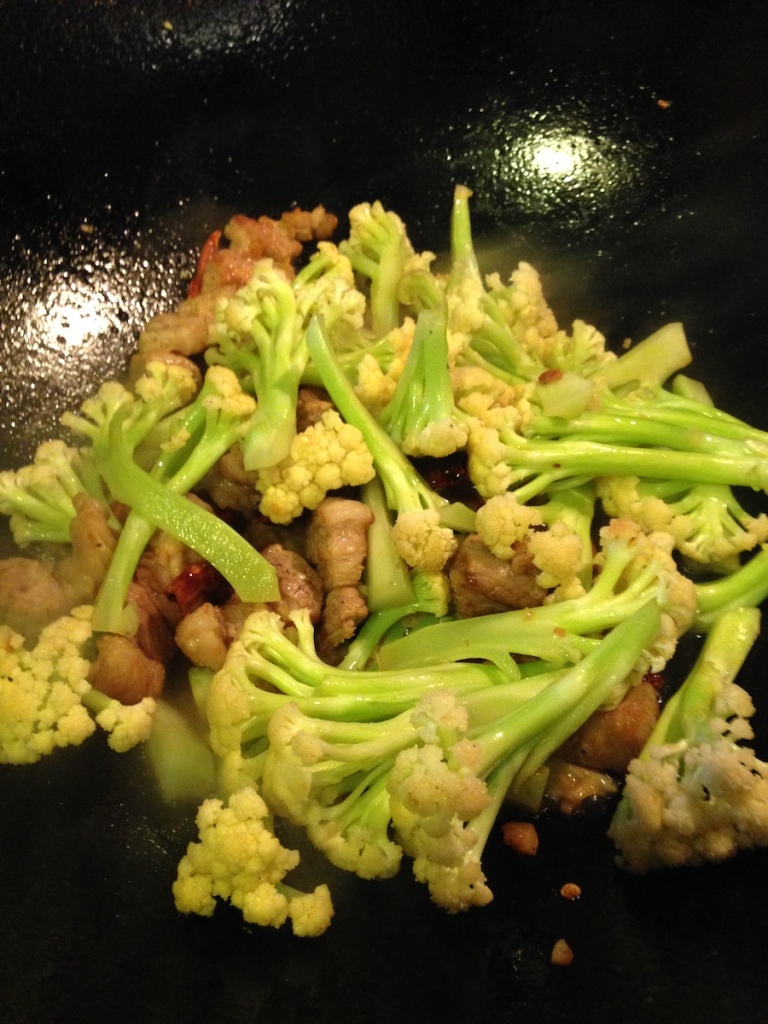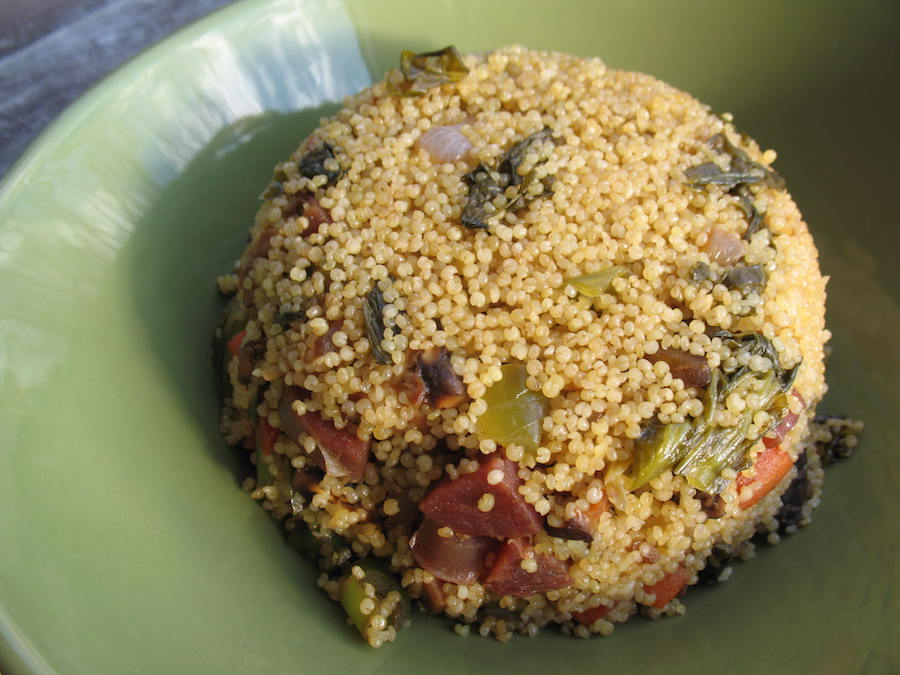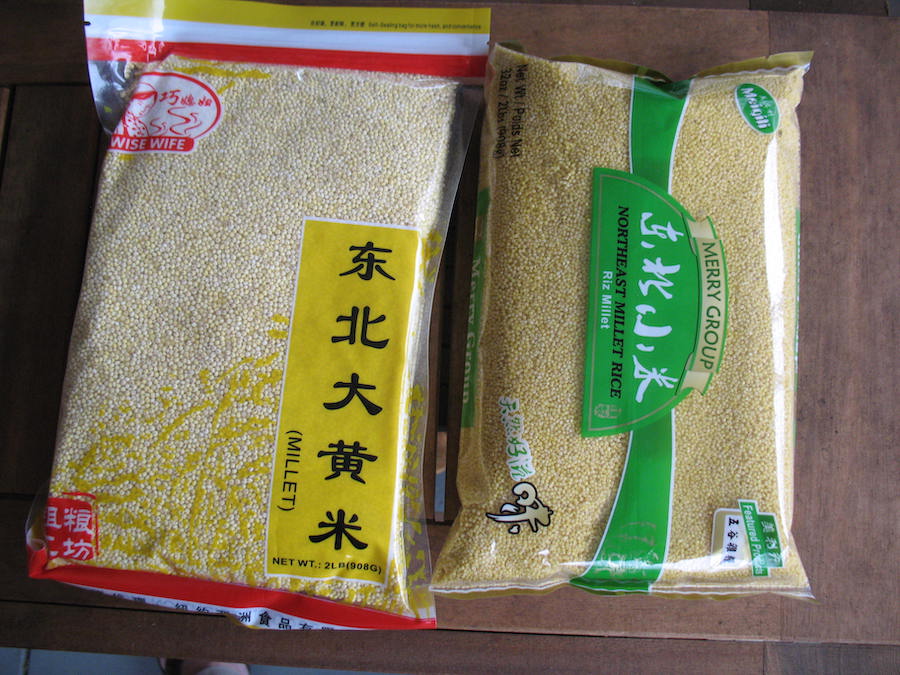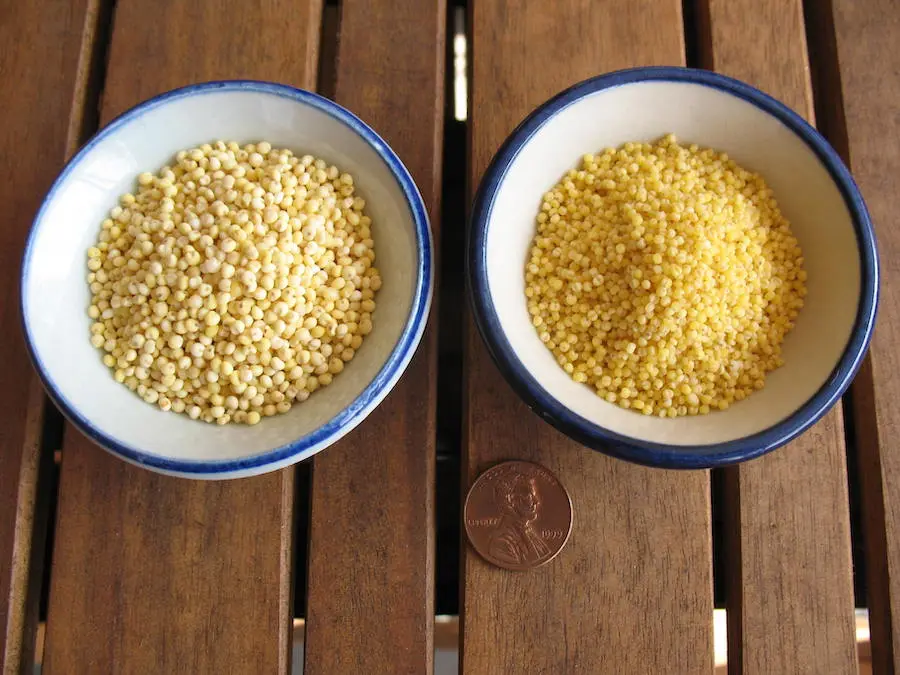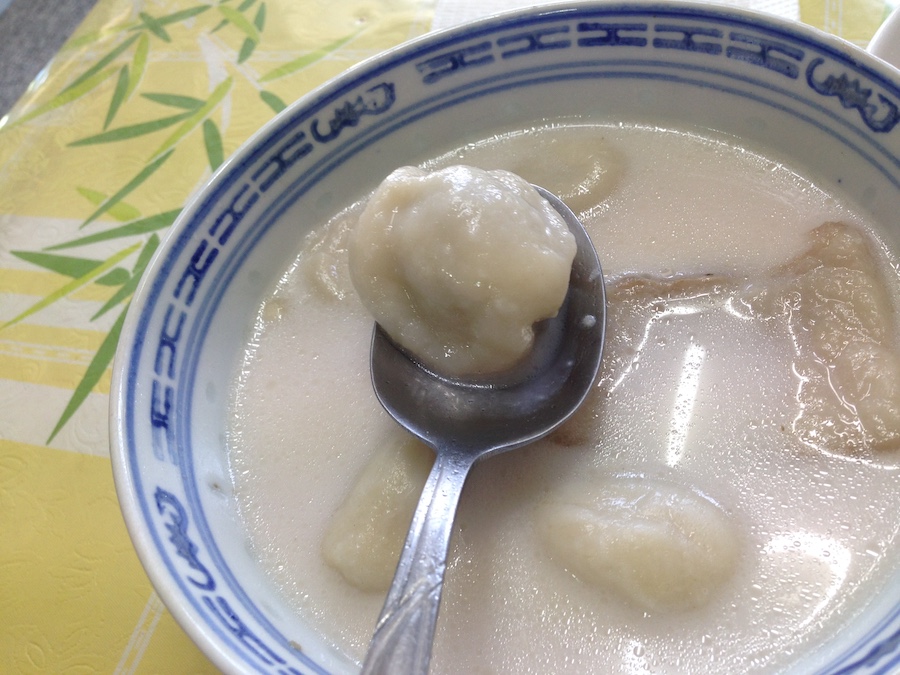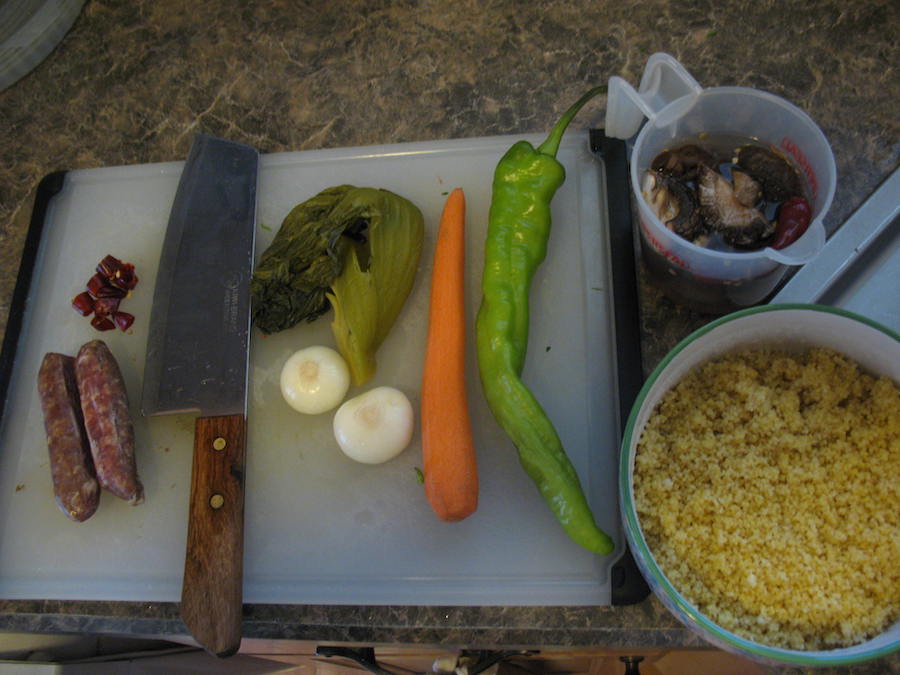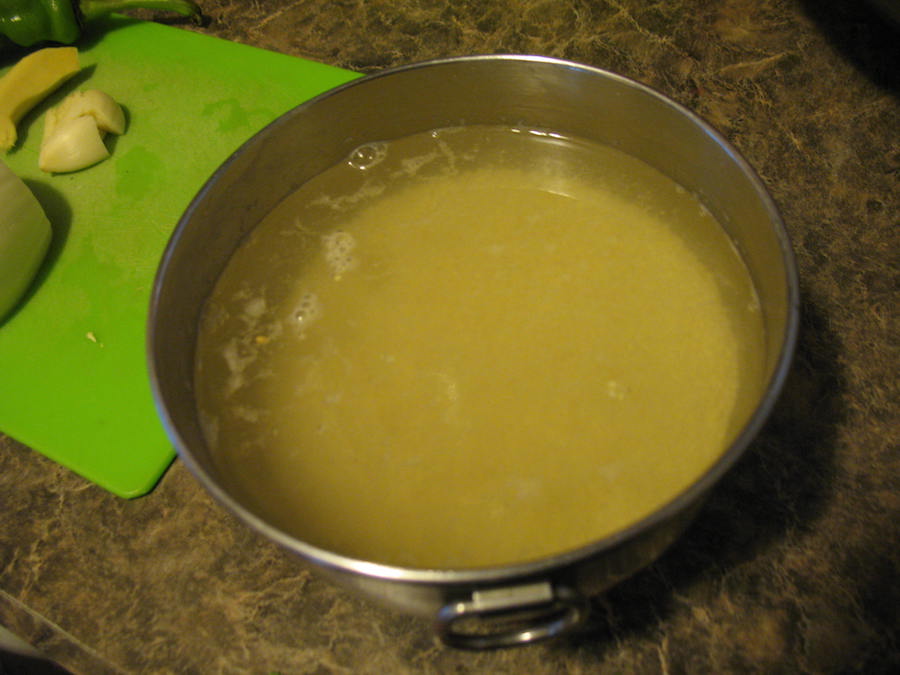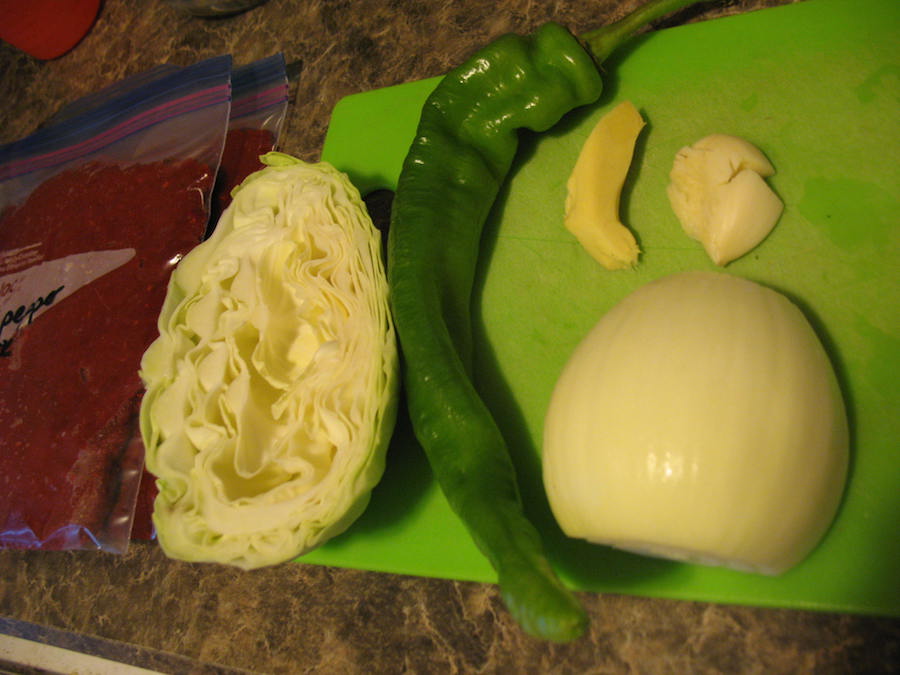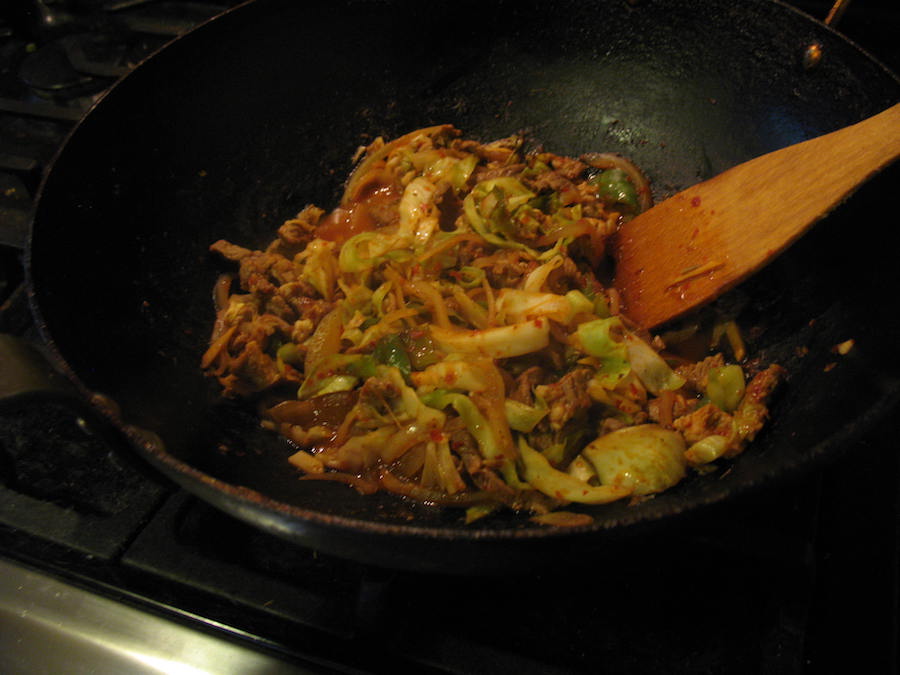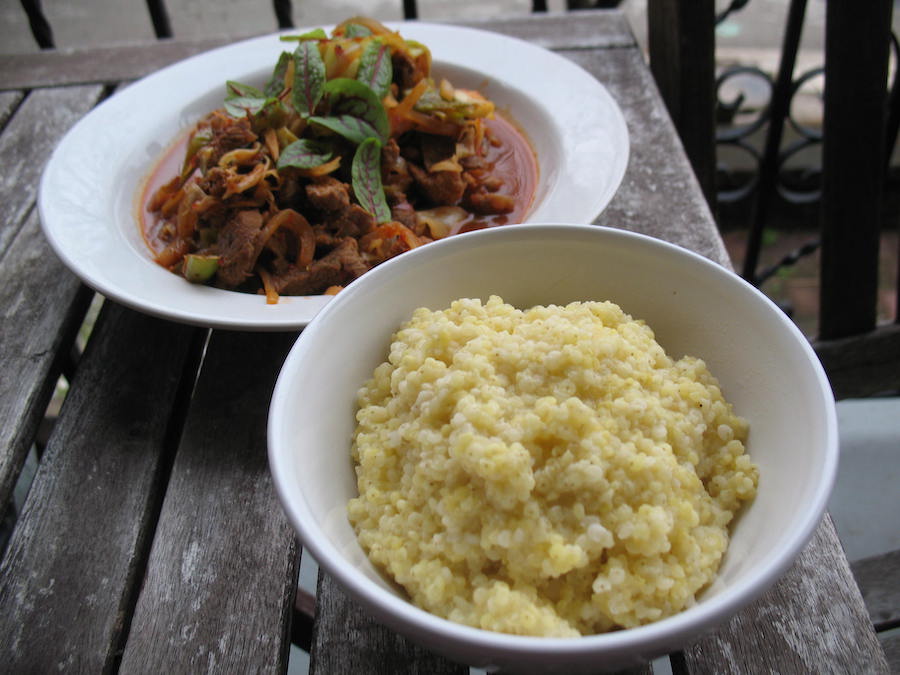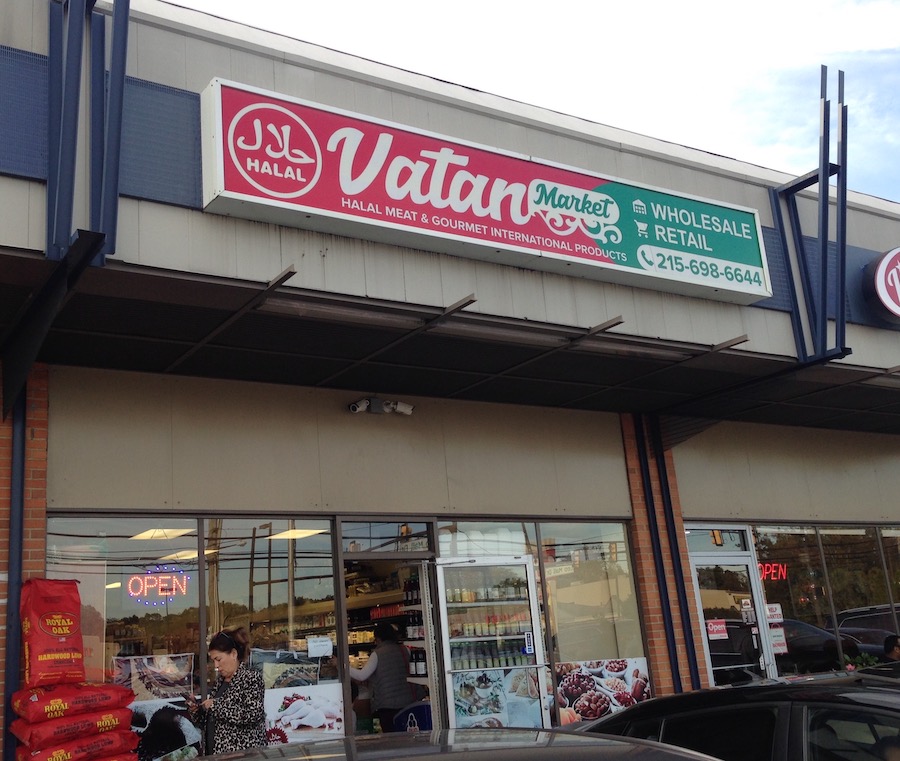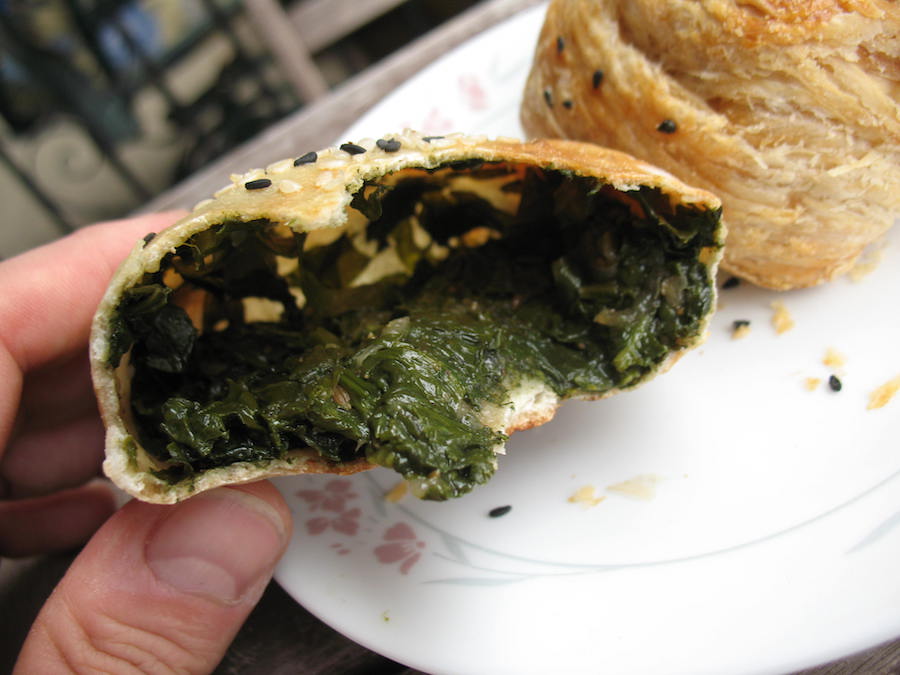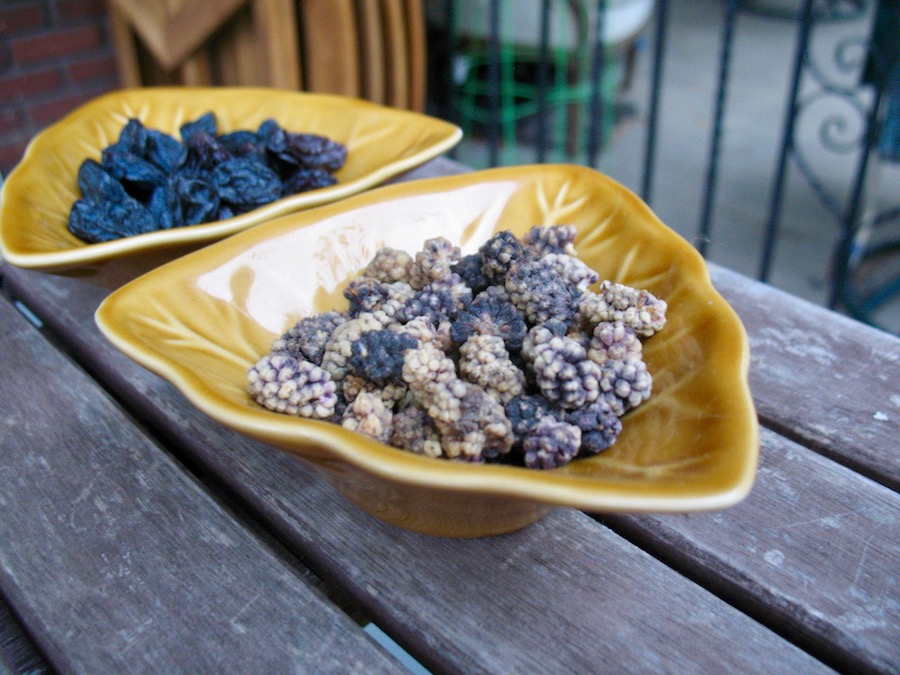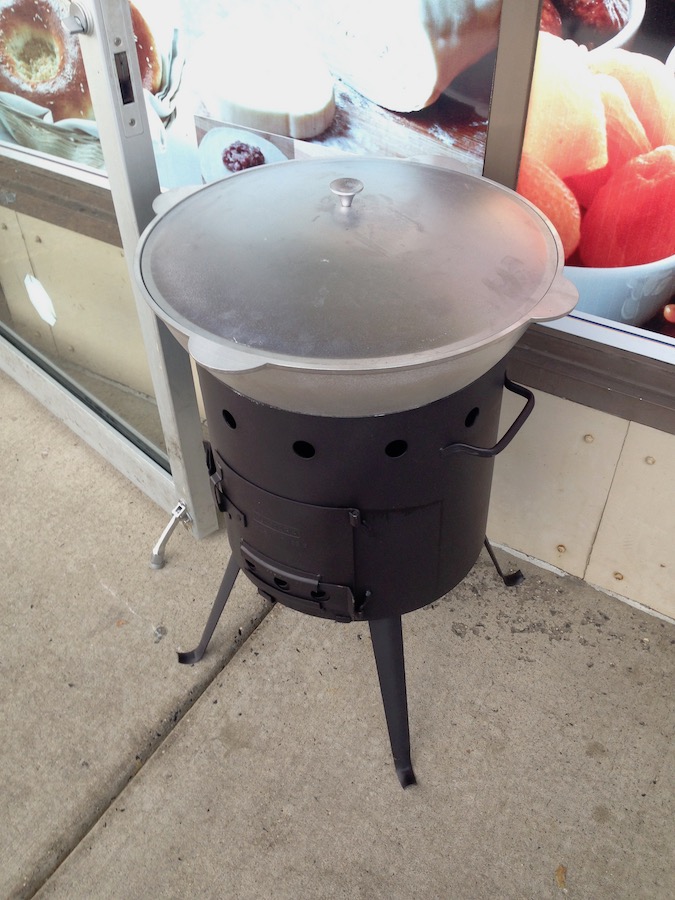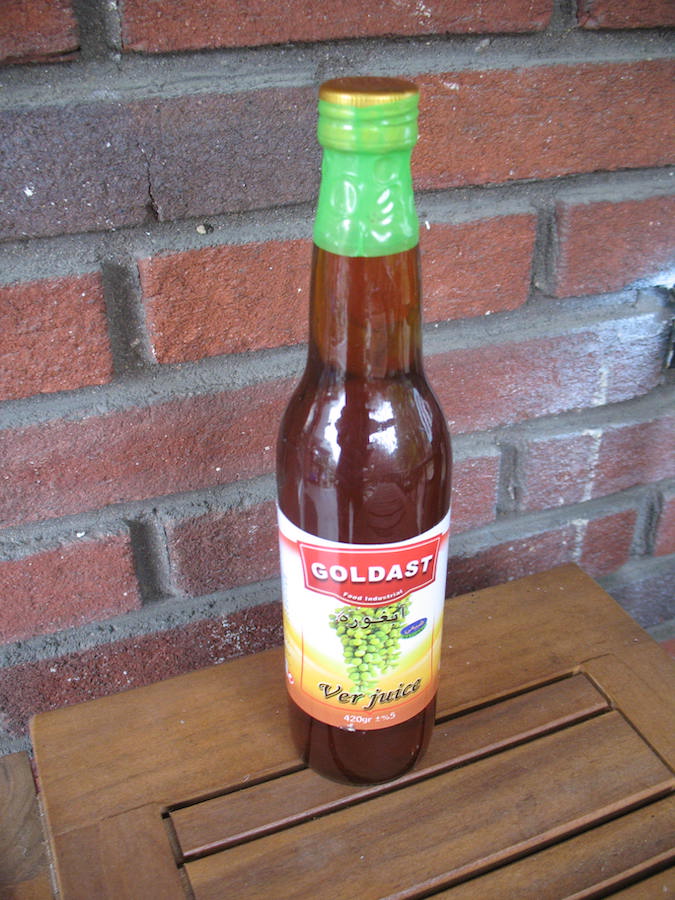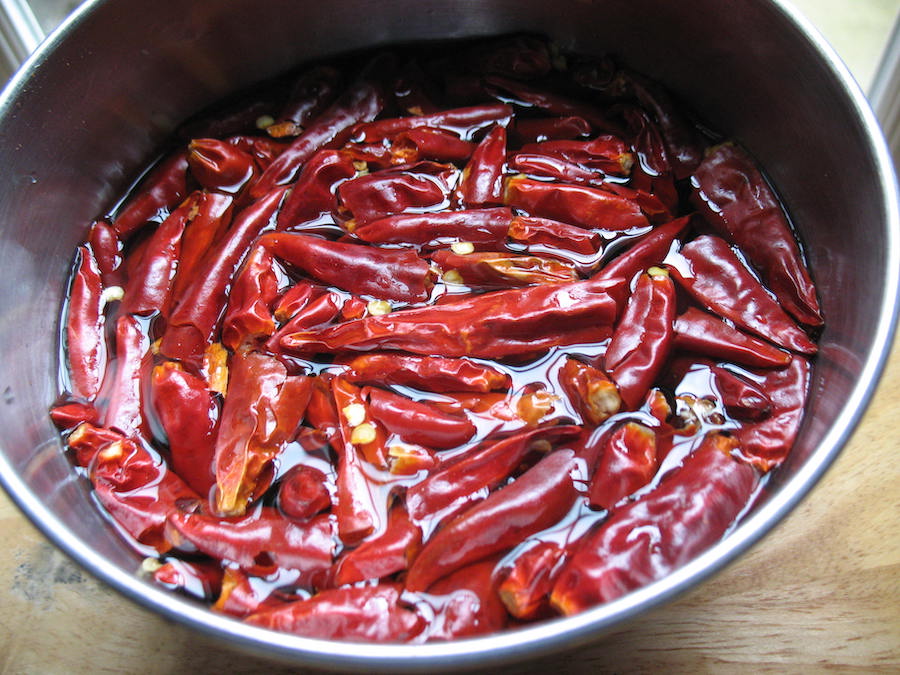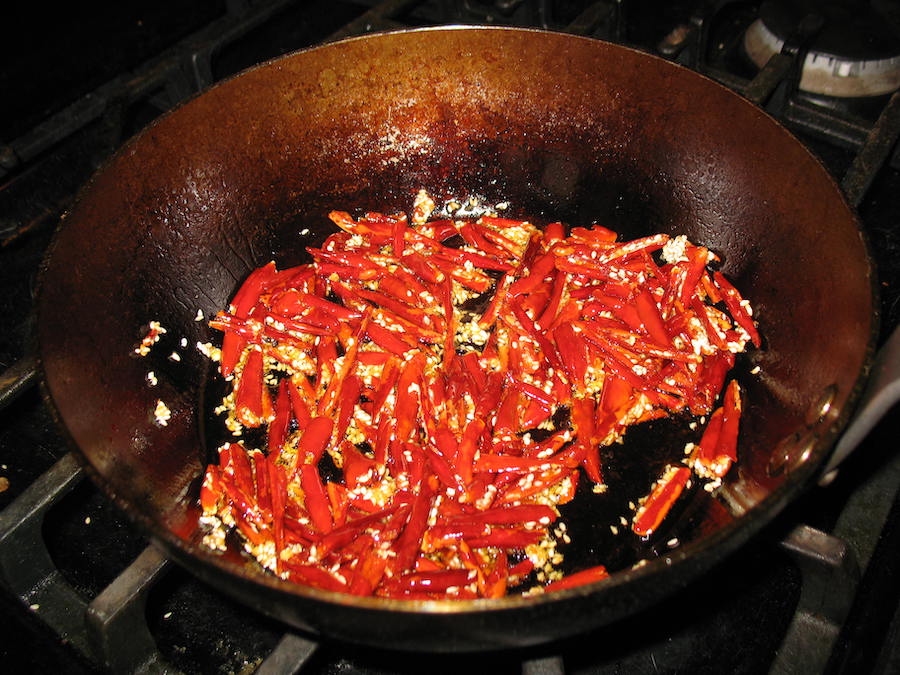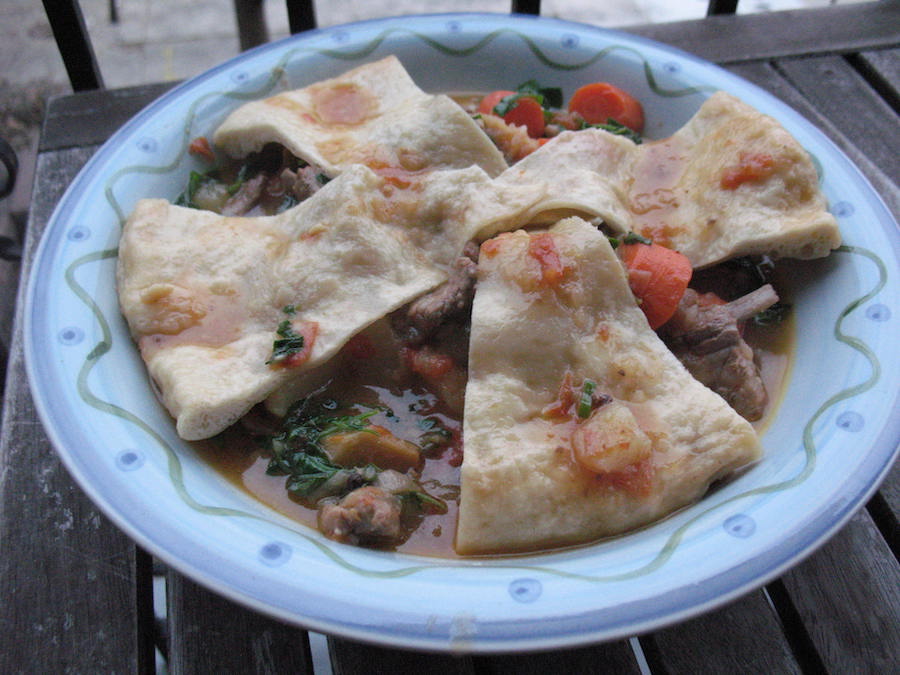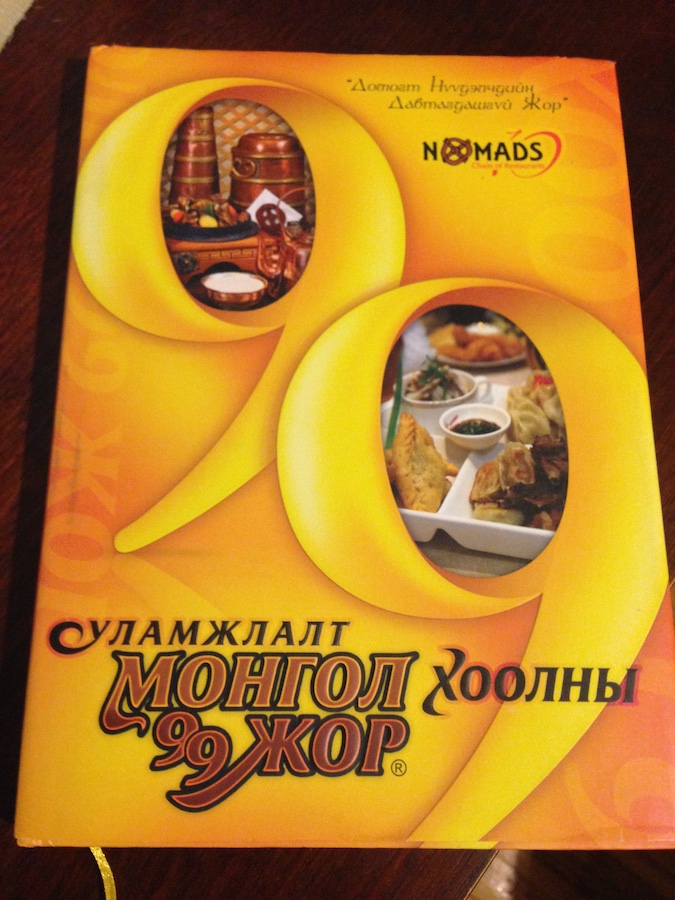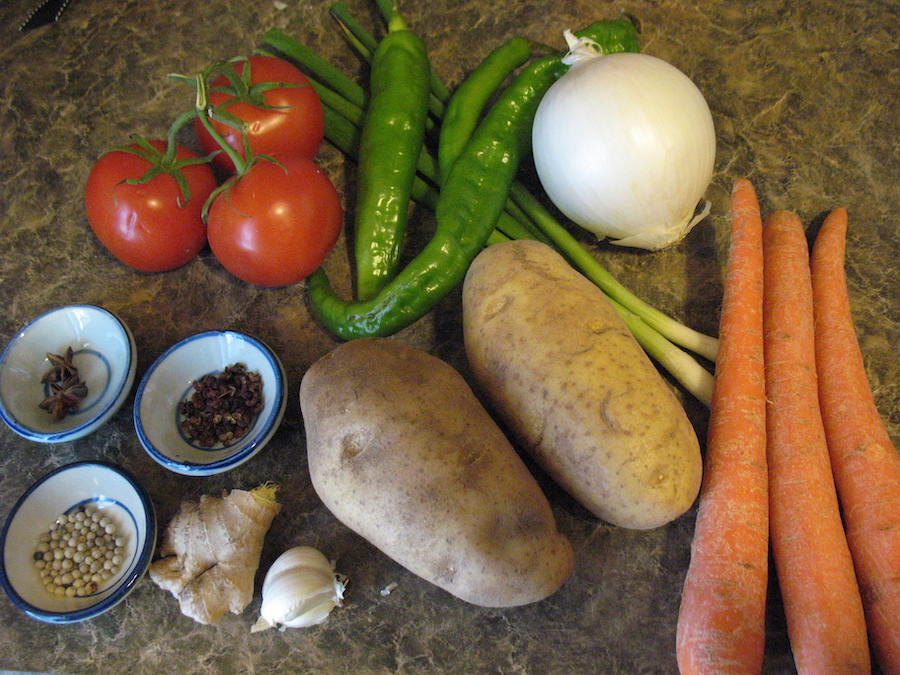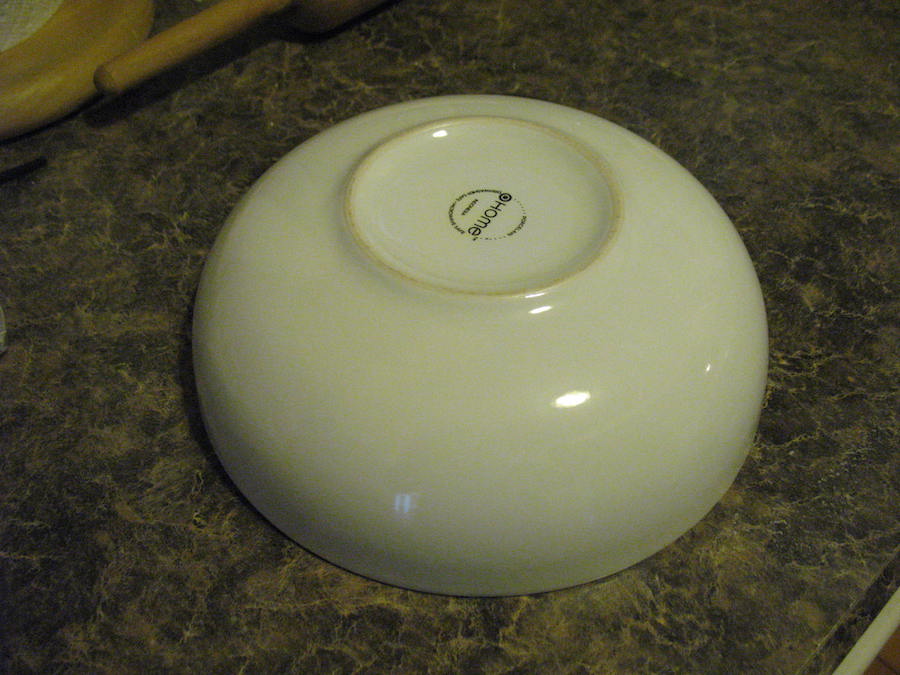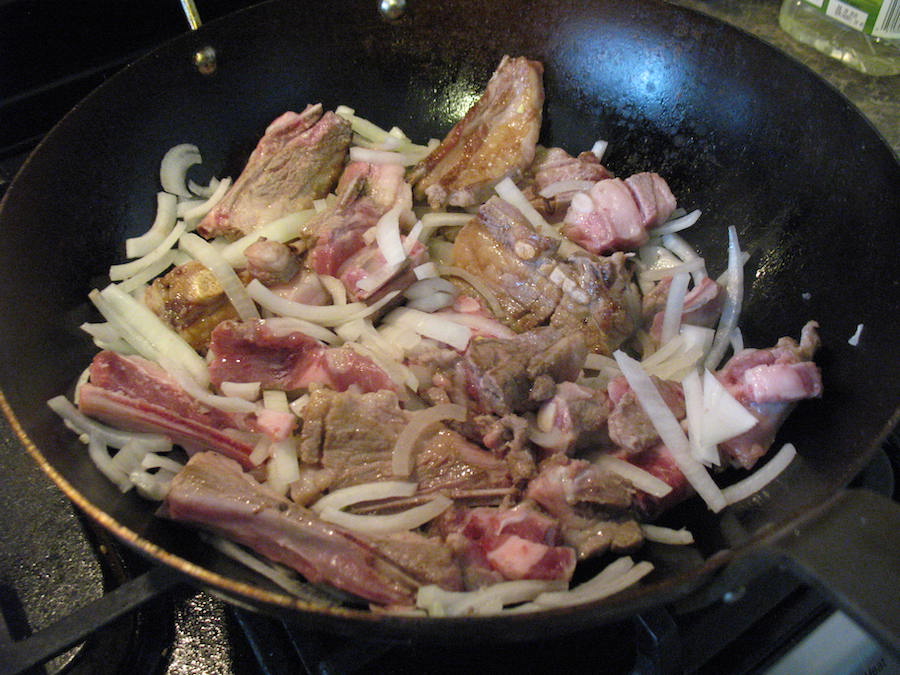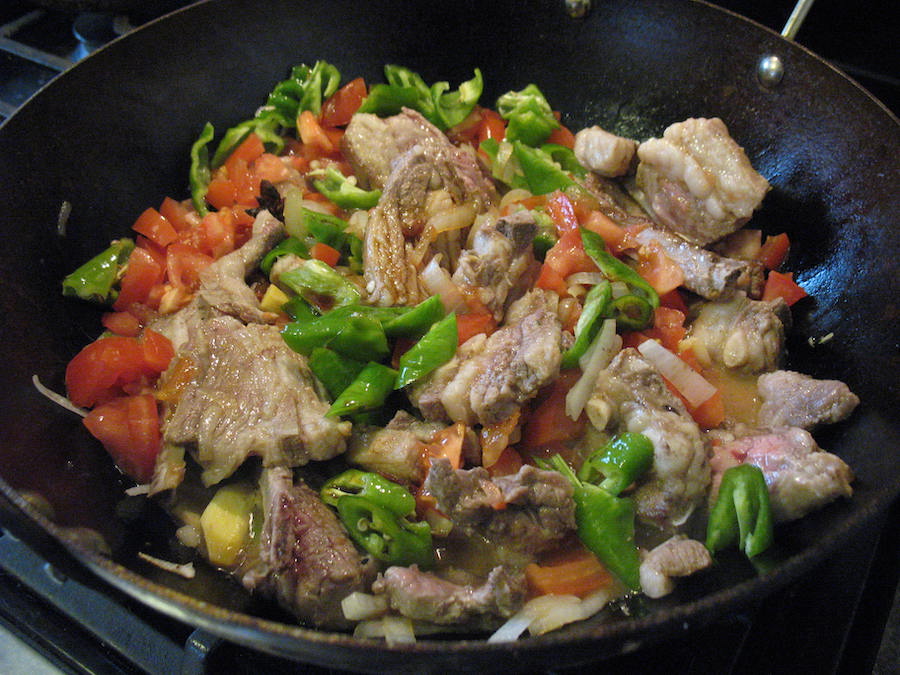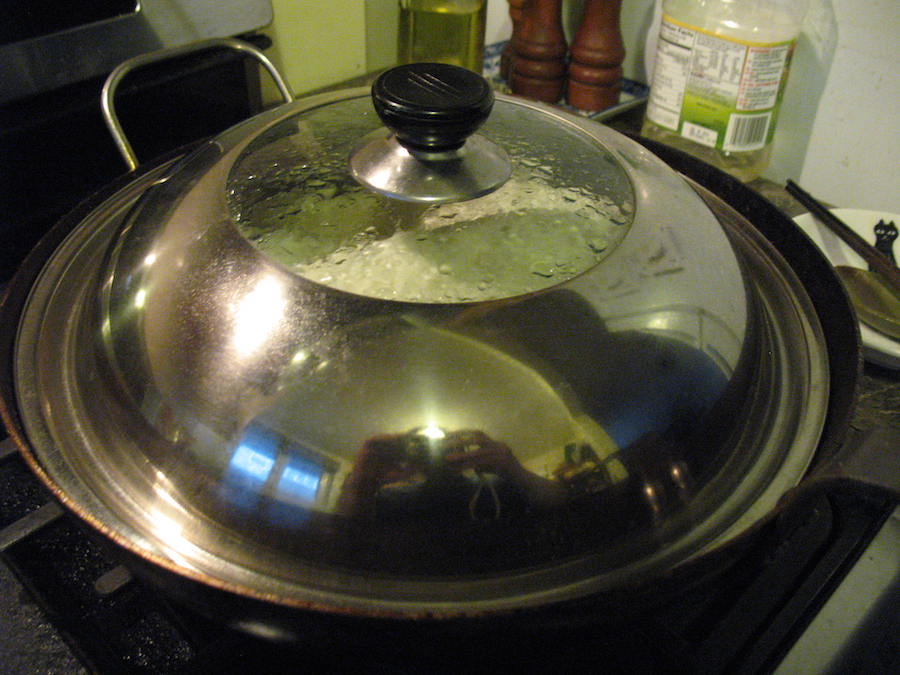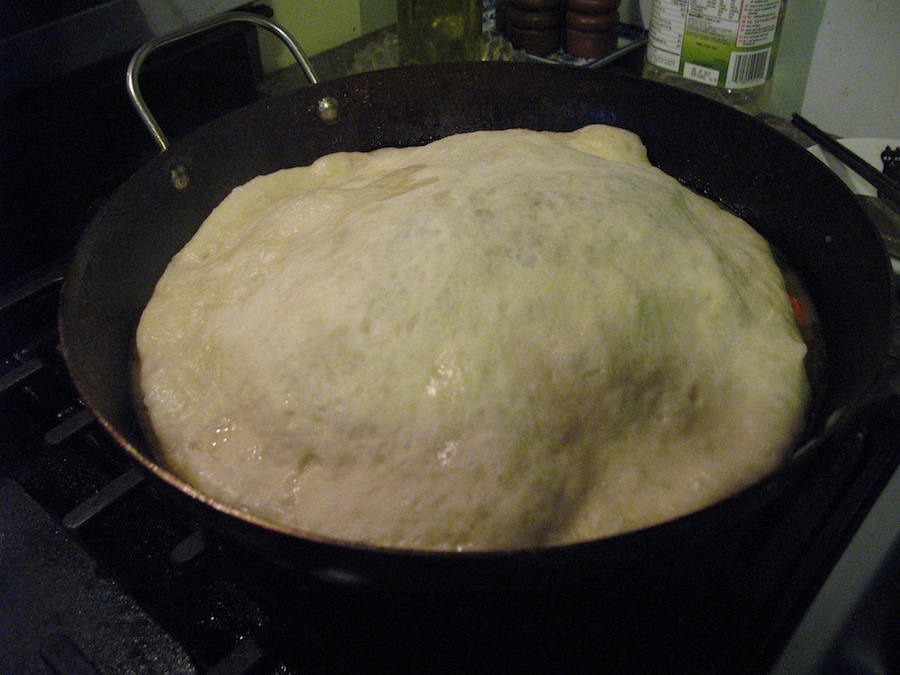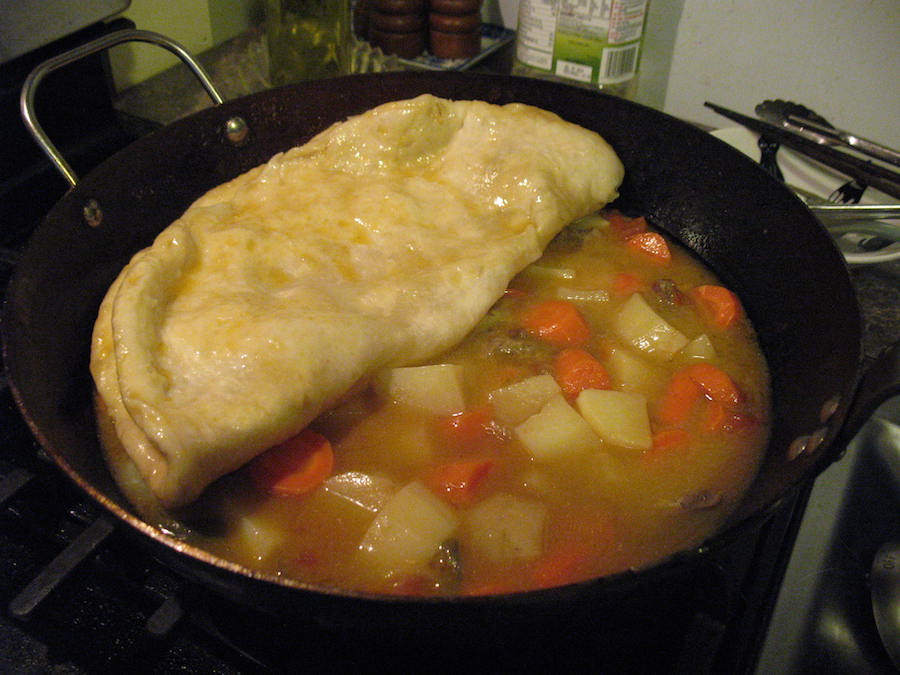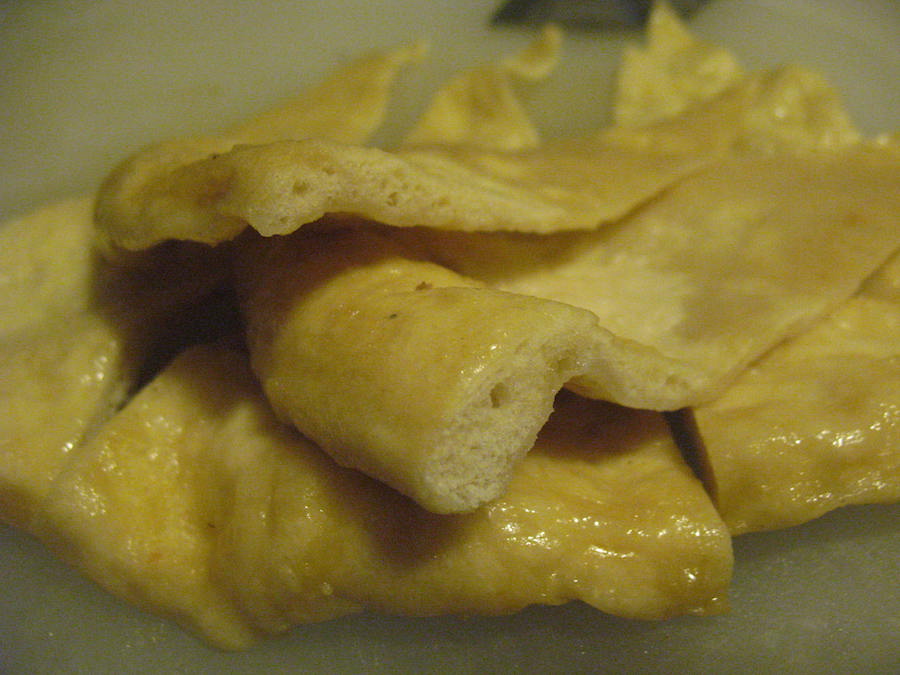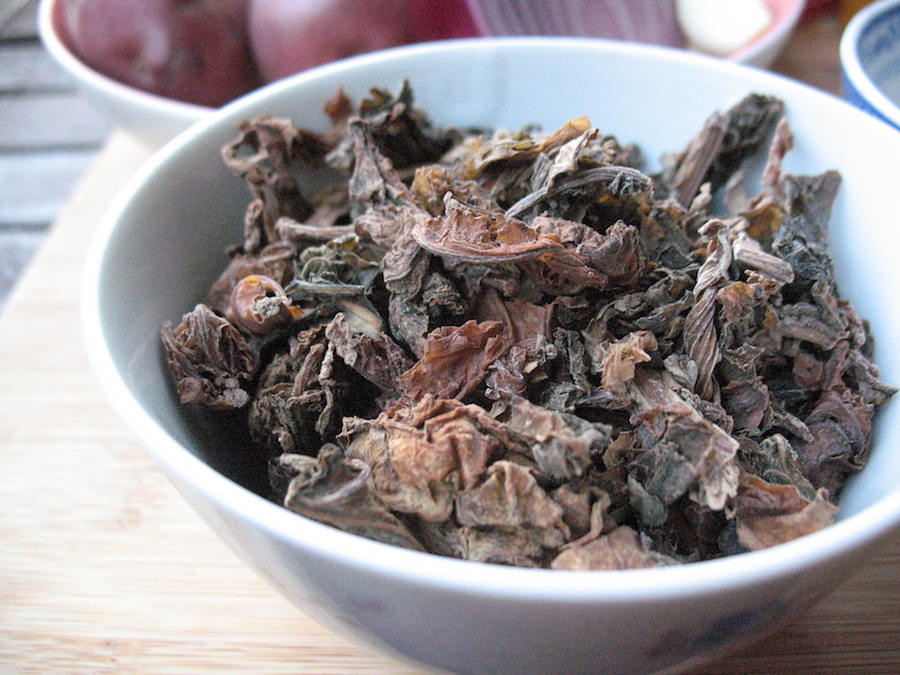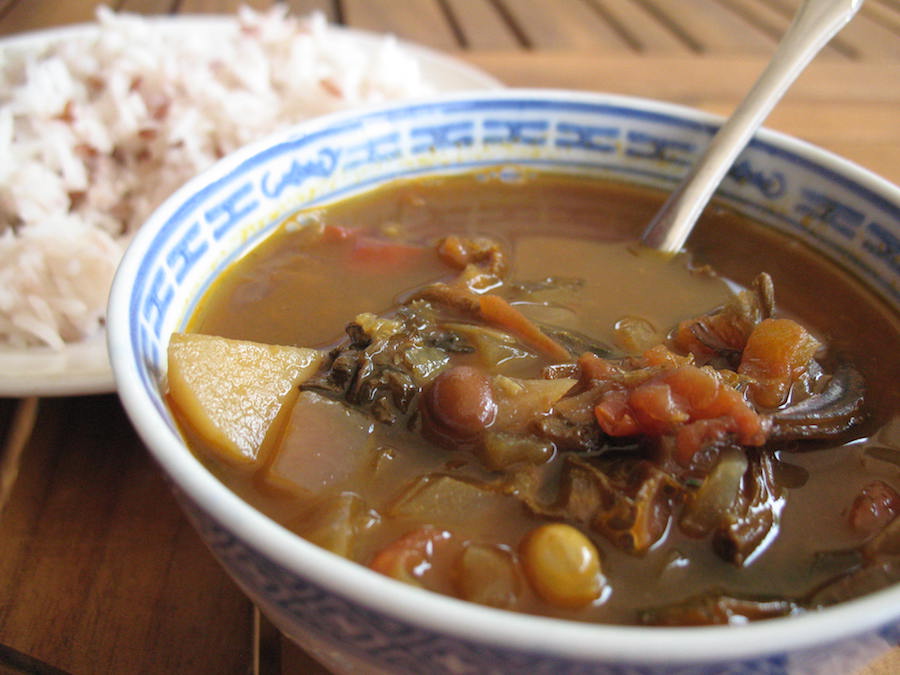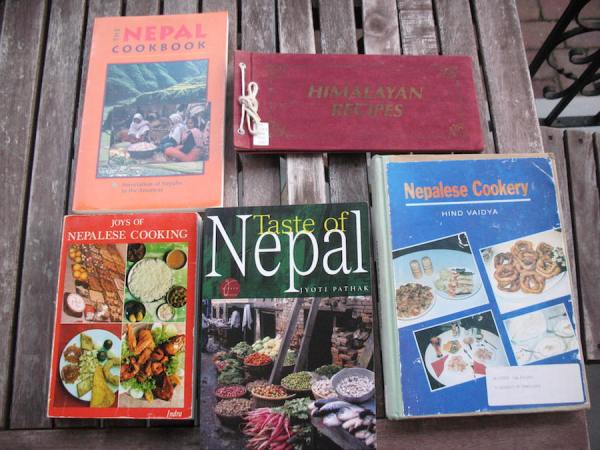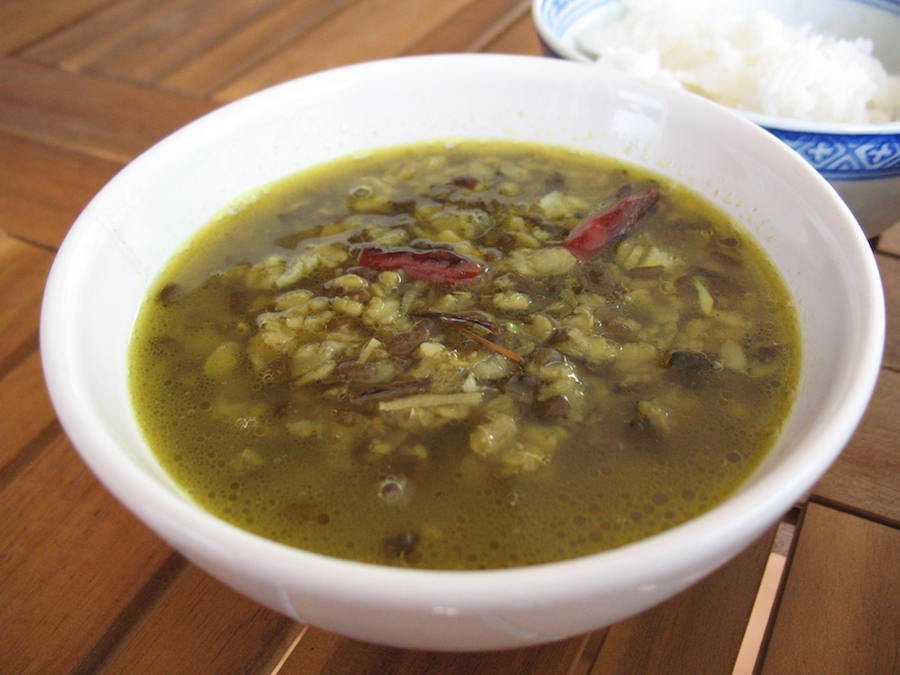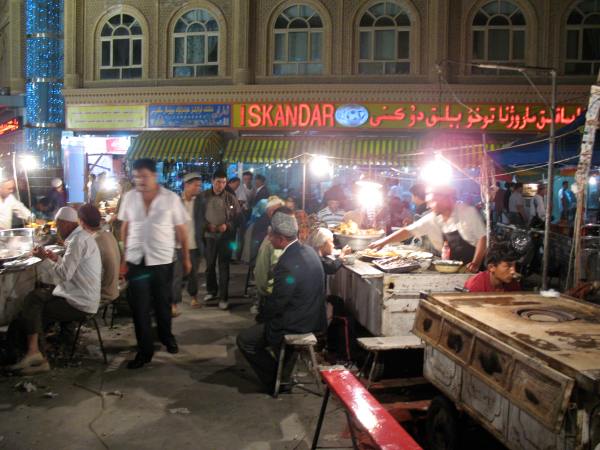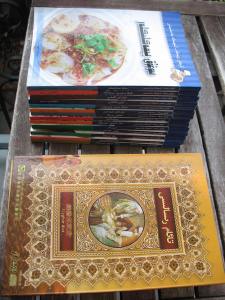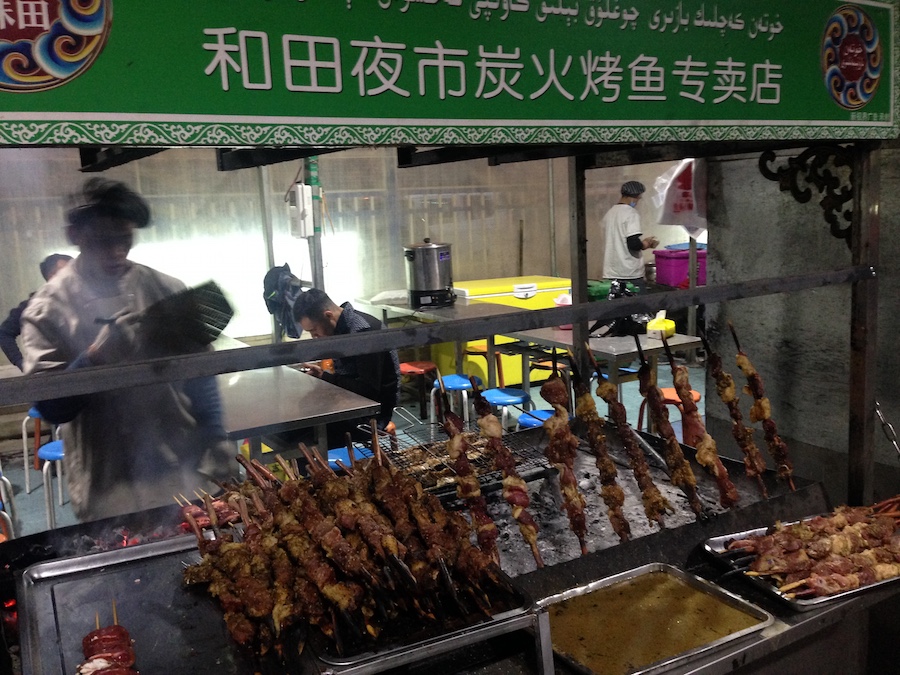As you may know, over the past many years I have been experimenting with baking techniques that replicate the traditional Uyghur tonur oven. Those experiments tended to include the use of a broiler, and/or a super hot and dense cooking vessel like a Baking Steel. Here was post from 2015 on samsa under a broiler, and here was a post on my early attempts at Uyghur bazaar-style nan. Since my last posts on the subject I’ve learned several things and have found some new devices to help make that experience a bit closer to my goal. It’s still a little wonky, but I’m getting closer. If you’ve come to appreciate outstanding Uyghur tonur-baked items, you may be interested in my journey…
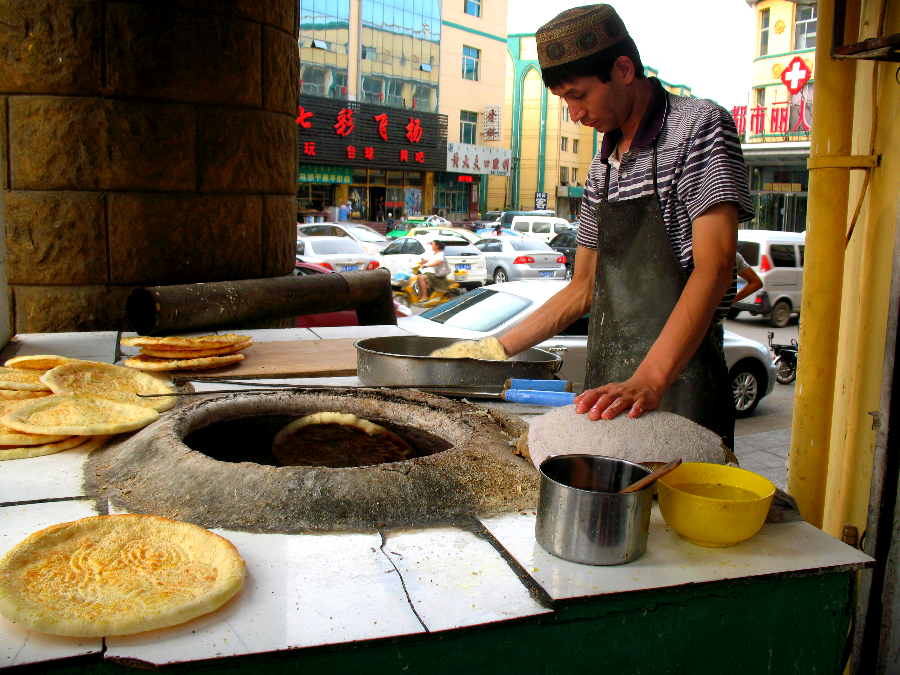
First of all, I’ll reiterate what it is that I’m trying to replicate. The tonur (Uy. تونۇر) is a bell-shaped outdoor oven that is commonly used to make breads, buns, meat pies. In the Uyghur region these ovens are often made of a fired alkaline clay, though they can also be made of iron or any other food-grade materials that have a large thermal mass that will enable the walls to hold heat. If you visit a Uyghur bakery you can usually see the ovens in front of or beside the shops, usually encased by a box that the bakers can use to get up on in order to gain better access to the oven’s walls. This kind of oven was widely adopted all across Eurasia, and you can see legacies of the concept in existing baking traditions in many far-flung places. Georgians call it “tone”, Persians and Uyghurs call it “tonur”, and it is generally known in post-Soviet Central Asia as “tandir”. Perhaps needless to say, the South Asian cousin to this oven is the tandoor, which is the version best known here in the US (but more for grilled meats than breads) of Indian restaurant menus.
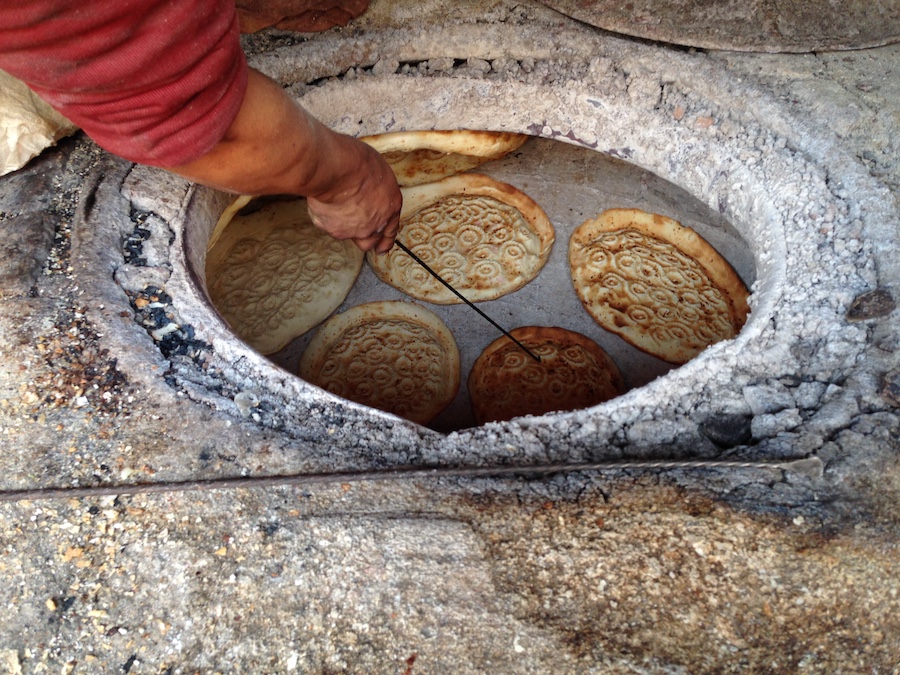
The tonur baking process begins by stoking a strong fire on the floor of the oven. Over time, the walls absorb the intense heat of the fire. Once the walls of the oven are hot enough to bake with, the fire is no longer fed. There is still heat in the fire, but is largely coming from embers and not big flames. The baker inverts flatbreads onto a padded dome-shaped cushion (where the baker is resting his left hand in the top image). Water or saltwater is spread on the underside of the bread, and the baker sticks the nan directly to the tonur wall. The intense heat transfer that occurs creates oven spring in the bread, and the nan are golden in a matter of minutes. A long bread pliers or hook is used to extract the bread from the wall, and it is ejected onto the top of the oven box to cool. The finished breads are crispy on the exterior, and rock a little because they are concave in shape due to the rounded and domed oven walls. Once cool, they stack nicely.
Replicating the above in a standard American oven comes with several challenges. Two things are kind of out of the question, a live wood fire, and temperatures that go well above 500 degrees. Aside from those, finding a device with substantial thermal mass that can shock the bread and produce adequate oven spring is a challenge that home bakers have found solutions to through using pizza stones, cast iron skillets, and more recently the Baking Steel. These are all great starts for making delicious breads, and I had been achieving pretty decent results with a Baking Steel, using a floured pizza peel strategy of sliding breads onto the hot steel for great oven spring. But that really worked best for firmer quick breads, and wasn’t ideal for longer ferments (i.e. more flavorful doughs that had a more slackened texture).
Last year I found an enormous cast iron “wok” online. It was designed to be used as an accessory to an outdoor stove, called the Solo Stove, as part of its “Ranger Fire Pit” cooking system. The curvature seemed to be pretty close to the internal concave shape of a medium-sized Uyghur tonur, so I acquired one to try baking on (NOTE this is not how this was intended to be used, so test at your own risk). I was thrilled with my first try, and excitedly posted a video on Instagram (see here for alternate video link if you are not on Instagram). I found two things were achievable with this new tool. I could now make nan with concave shapes, and I could start making larger nan, up to around 15” wide rounds! Again, like with the Baking Steel, for quick breads (3 hour ferments, for example) the dough was stiff enough to work with a pizza peel, but I had trouble trying to get slacker doughs onto the device without ruining them in a crumpled mess.
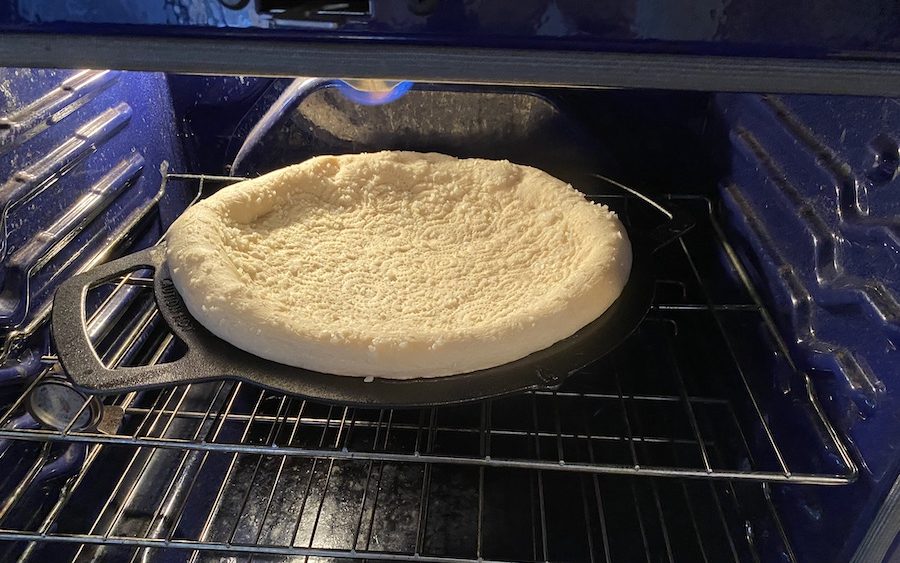
Uyghur bakers use a special tool for sticking round breads to a tonur oven wall, something that looks like a round leather cushion that has a handle on the back, or a pocket for a hand to go in. Sadly, this tool was not among the many cooking implements I brought home with me from my last trip to Kashgar and Hotan in 2018.
So, enter today’s innovation. I found inspiration from South Asian chefs showing how to DIY “gaddi pads” on YouTube (see here for an example–a gaddi is meant for sicking roti into a tandoor), and I created a nan cushion to be able to use to apply round bread to the cast iron, maintaining the circular shape. I built mine using a flat wooden lid for a 14″ cast iron wok. I rolled, coiled, and stacked a few Thai phakhaoma (ผ้าขาวม้า) fabrics inside in kind of a ziggurat shape, and wrapped and covered it with another phakhaoma. In Thailand they say there are 101 uses for this cloth. I guess this makes use number 102.



So, my process was the following… [UPDATE 10 Apr 2023: I finally filmed all steps and put them up on YouTube. Check that out here.] Preheat the oven as hot as it goes, with the Solo Stove wok as high in the oven as is comfortable to periodically fetch. After the breads are shaped and generally formed, one is put onto a wooden pizza peel and its center is punctured repeatedly with a bread punch (tükchä, a.k.a. chäkküch, see past blog post), and then topped with finely chopped onion.

The bread is then inverted (onions and all) onto the DIY cushion. Situate the bread so that it is as round as possible. Dampen what will be the bread’s underside. I did this by dipping my hands in saltwater and patting it on. Put the cushion with the ready bread in a place that can easily be grabbed with one hand in order to press it onto the hot steel. Next carefully take out the blistering hot wok and put it on top of the stove. With one adequately gloved hand (the steel is hot enough to melt materials that are not fire resistant fabric), tilt the wok up on its side as if it is a wall in a tonur oven. Then, with the bread cushion in the other hand, apply the bread to the wok’s surface. Put the cushion down and re-situate the wok on top of the stove briefly, get a pot holder for each hand and get it into the oven. Spray the walls of the oven briefly with a spray bottle of water to steam up the oven to encourage the dough to spring. Check on it after a few minutes and rotate if necessary if one side is browning faster than the other.
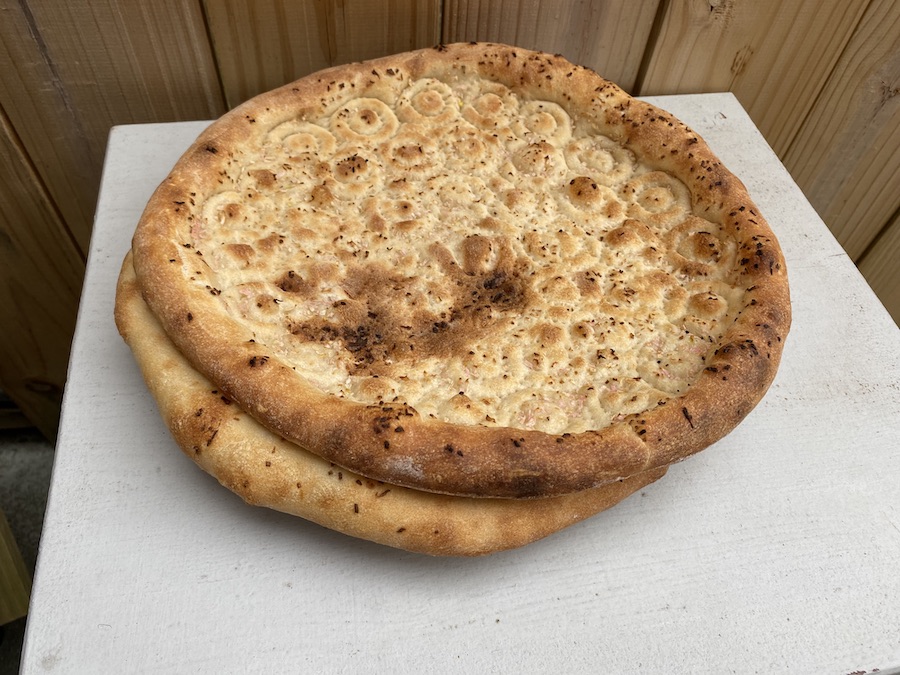
The results were pretty successful. This time I didn’t put the broiler on (my oven’s broiler won’t even activate if the oven is over 450F, apparently a safety feature that thwarts experiments like the kind I like to do. I shaped two 12″ onion breads and baked them at 550F for less than 10 minutes each, or until they risked burning. The underside crust was exactly was I was shooting for:

The flavor and texture of today’s experiment were better than my best past attempts. The process explained above may seem super convoluted–for sure, this is an obsessive rabbit hole that I’ve taken you down. One advantage that I found for using a “nan cushion” as opposed to a pizza peel in this process is that the bread relaxes for a moment and spreads out a little more, and evenly. When using the peel, nan tends to scrunch together more when it is “flicked” off of the peel.
In short I’m excited to experiment more. Future attempts will include larger thinner tonur breads like Uyghur kakcha (كاكچا) or the “anise breads” (noni toqiy) I found in a Bukharan Jewish cookbook Classic Central Asian Jewish Cuisine and Customs by Ammun Kimyagarov (2010).
[UPDATE 10 Apr 2023] See below for a video I put together to visually explain my process. At the end of the video I also tried some sesame nan and daman nan (a bread that resembles a bagel with a wide hole, popular in the Southern Tarim, especially for festivals like Ramadan):






